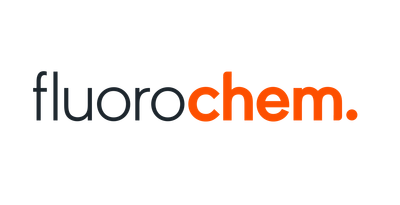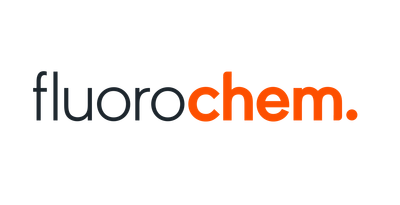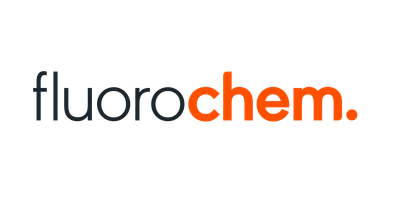Verzending 24–48 u • Levering in de hele EU • Veilige chemieverpakking
Plaques CCM ADAMANT UV254, 10 x 20 cm, 50 pièce(s)
Référence N092.1
€ 233,53
En stock
1
Enregistrer ce produit pour plus tard
Plaques CCM ADAMANT UV254, 10 x 20 cm, 50 pièce(s)
Détails du produit
Code SH: 38229000
Matériel: Glass
EAN: 8721028177704
Marque: Macherey-Nagel
Materiaal: glaswerk met silicagel 60, met fluorescentie-indicator.
- Specifiek oppervlak: ca. 500 m2/g
- Middelgrote poriënbreedte: 60 Å
- Specifiek poriënvolume: 0,75 ml/g
- Deeltjesgrootte: 5-17 µm
U vindt nog meer aantrekkelijke aanbiedingen om uw chromatografielaboratorium te vervolledigen op onze Chromatografie pagina!
DLC-plaatjes ADAMANT UV254
With improved binder system and optimised grain distribution.
Eigenschappen:
- Outstanding hardness and abrasion resistance due to an optimised binder system
- Increased separation efficiency due to an optimised particle size distribution
- High suitability for trace analysis resulting from an UV indicator with increased brilliance and a low noise background of the layer
Technische informatie
| Plaatformaat | 10 x 20 cm |
| Verpakking | |
| Materiaal | glaswerk |
| Wijziging | Unmodified silica gel (SiOH) |
| Fluorescentie-indicator | ja |
| Scheidingsprincipe | Normal phase (NP) |
| Fase | SIL G |
| Partikel grootte | 5-17 µm |
| Partikel soort | Fully porous particles (FPP) |
| Specifiek oppervlak volgens BET | 500 m²/g |
| Poriëngr. | 60 Å |
| Poriënvolume | 0.75 ml/g |
| pH-stabiliteit | 2,0-8,0 |
| Aanbevolen toepassing(en) | Anthrachinone dyes, Barbiturates, Flavonoids, Normal phase (NP), Pain killers, Trace analysis, Vitamins |
U vindt nog meer aantrekkelijke aanbiedingen om uw chromatografielaboratorium te vervolledigen op onze Chromatografie pagina!
Thin Layer Chromatography (TLC)
Although the principle of thin-layer chromatography is more than a century old, it did not make its breakthrough as an analytical method until about 50 years ago.
Thanks to the development of new sorbents and supports, as well as increasing instrumentation and automation, TLC has become a versatile separation method. It is used both in qualitative analysis and in quantitative analysis.
Applications range from simple manual separation processes in classic TLC to automated processes in HPTLC (high performance thin layer chromatography).
Advantages of thin layer chromatography:
- Higher sample throughput in less time
- Suitable for screening tests
- Pilot process for HPLC
- The ready-to-use TLC layer functions as a data storage device for separation results
- The separated substances can be used later for further analysis (e.g. IR, MS)
- By switching the mobile and the stationary phases, the separation process can be optimised quickly and cost-efficient
Vous aimerez peut-être aussi
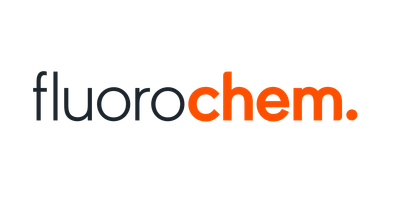
6-Methoxy-5-nitropyrimidin-4-amine, 97%, 1g
6-Methoxy-5-nitropyrimidin-4-amine, 97%, 1g
Référence F602178-1G
€ 270,60
![(3-Benzyl-3-azabicyclo[4.1.0]heptan-1-yl)methanol, 95%, 5g (3-Benzyl-3-azabicyclo[4.1.0]heptan-1-yl)methanol, 95%, 5g](https://d2j6dbq0eux0bg.cloudfront.net/images/88473019/4762963442.png)
(3-Benzyl-3-azabicyclo[4.1.0]heptan-1-yl)methanol, 95%, 5g
(3-Benzyl-3-azabicyclo[4.1.0]heptan-1-yl)methanol, 95%, 5g
Référence F605731-5G
€ 2 173,60
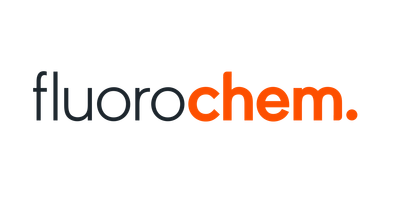
3-(4-(TRIFLUOROMETHYL)PHENOXY)PIPERIDINE, 97.0%, 100mg
3-(4-(TRIFLUOROMETHYL)PHENOXY)PIPERIDINE, 97.0%, 100mg
Référence F471365-100MG
€ 183,70
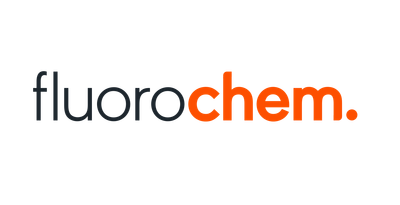
(S)-3-(4-benzylphenoxy)pyrrolidine hydrochloride, 98%, 250mg
(S)-3-(4-benzylphenoxy)pyrrolidine hydrochloride, 98%, 250mg
Référence F778611-250MG
€ 414,70
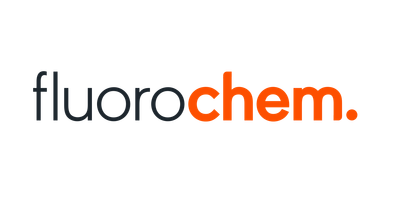
2-Fluro-4-hydroxymethyl-3-methylpyridine, 95%, 5g
2-Fluro-4-hydroxymethyl-3-methylpyridine, 95%, 5g
Référence F632477-5G
€ 3 401,20
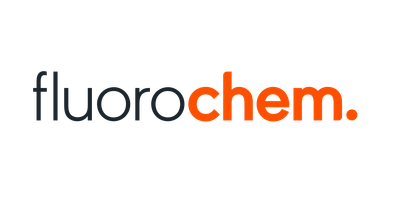
2-Chloro-5-(phenoxymethyl)thiazole, 95+%, 100mg
2-Chloro-5-(phenoxymethyl)thiazole, 95+%, 100mg
Référence F727139-100MG
€ 37,40
Afficher les prix en :EUR
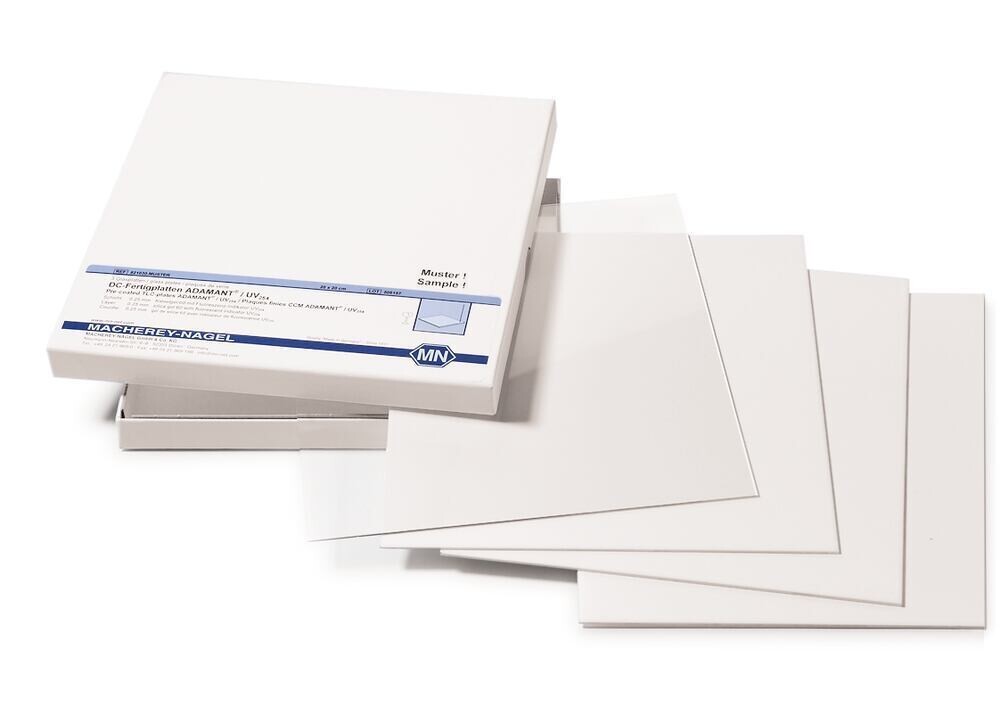
![tert-butyl 7-amino-2- azaspiro[4.4]nonane-2- carboxylate, 95.0%, 250mg tert-butyl 7-amino-2- azaspiro[4.4]nonane-2- carboxylate, 95.0%, 250mg](https://d2j6dbq0eux0bg.cloudfront.net/images/88473019/4771469430.png)
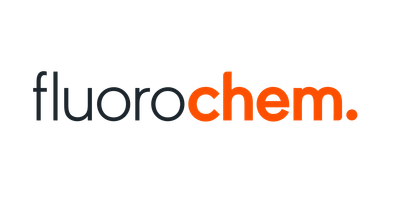
![2-Chloro-7H-pyrrolo[2,3-d]pyrimidine-5-carbonitrile, 95%, 1g 2-Chloro-7H-pyrrolo[2,3-d]pyrimidine-5-carbonitrile, 95%, 1g](https://d2j6dbq0eux0bg.cloudfront.net/images/88473019/4860193282.png)
